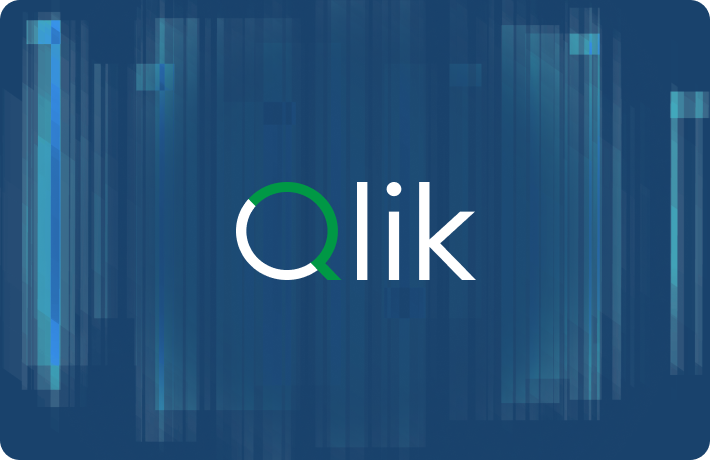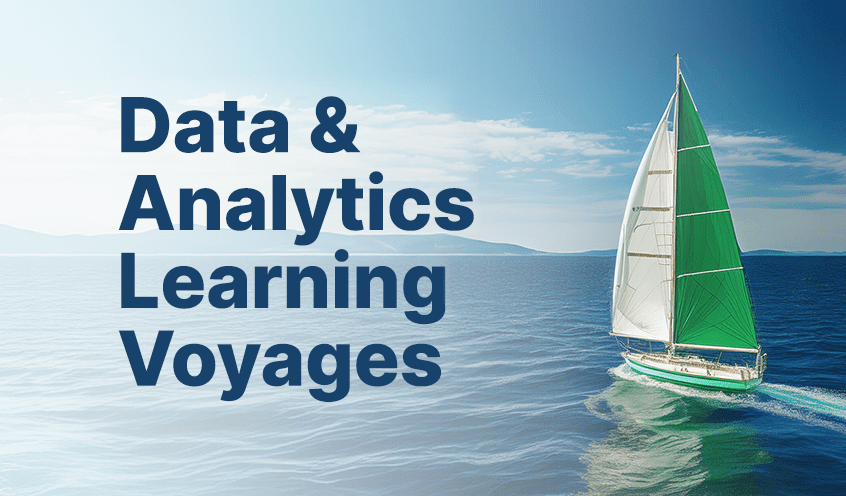In this latest edition of The Unfair Advantage, I am turning our focus inward by sharing the questions I hear most often from media, analysts, customers, and partners—and bringing them directly to some of Qlik’s business leaders. I asked them to share how we put our words into action—what it means for us to “drink our own champagne.”
As there are many questions to answer, we have split this blog in two parts. In part 1 of this blog, we explored how Qlik is using data and insight to drive decisions and actions. In this second part, we will focus on how to overcome the challenges along the way and set up for success for the future.
Avoiding the pitfalls
As organizations collect growing amounts of data from many sources, they face the challenge of how to best manage it all - not only to feed their AI systems, but also to decide which insights are worth acting on, overcome obstacles in turning those insights into action, and ensure their AI investments deliver clear business value. To help us answer questions on how to best avoid the pitfalls, I solicited the help of my longtime colleague Riley McNeilage, Senior Vice President of Integrated Marketing and Technology at Qlik.

How do we prioritize which AI insights to act on, especially when the volume of data can be overwhelming or conflicting?
Technology and automation play a key role in helping sift through the noise. Driving trust in the lineage and source of the insight is also key. And of course, aligning the insight with the strategic objective, business goal and measurable impact is important. But perhaps one opportunity I think we have is to bring more data to the problem. Typically, we look at insights based on structured data but there is huge value in the unstructured data we have in our organizations, and if done right, this holds huge contextual value which is critical to understand the what and why behind many insights - which in turn helps prioritize and identify the right thing to do next.
What are the biggest obstacles we've encountered in moving from insight to action—and how have we overcome them?
It’s a combination of people and technology. Data literacy has been the biggest barrier to value creation from any form of analytics for as long as I can remember and something both I and Qlik have been passionate about helping customers address. AI is no different. That’s why, as mentioned earlier, we have invested in training, education and enablement to help close that gap. On the technology side it’s about ensuring you can drive trust in the data. Ensuring its accuracy, timeliness and being able to explain its lineage all drives trust. Consumers of data, especially as we move beyond power users like the business analysts and extent to increasing large numbers of knowledge and operational users simply won’t act on the insights they are given if they don’t trust them.
How do we maintain a clear line of sight between AI investments and measurable business value over time?
We actually have our own value engineering practice at Qlik that is focused on this. They use a proprietary Qlik ROI calculator to gather data, quantify the business outcomes, and estimate the potential ROI. This in turns also allows them to measure ROI holistically across customer engagements as a result of the deployment of Qlik’s solutions. One data point we have from that, for example, is that customers leveraging our Analytics & AI solutions generate 50-90% faster insights. All this ultimately though has to start with a clear use case and business problem, an understanding of the data needed to fix it and establishing clear, measurable goals upfront.
Setting up a foundation for success
Many organizations struggle to move beyond using data as a reporting tool and instead make it a true driver of strategic decisions—raising important questions about the role of leadership and the capabilities needed for future success. To help address this, I spoke to our Michael Gibeault, Chief Information Officer, who is no stranger to this blog series.

In what ways can leaders foster a culture where data-driven decision-making becomes a natural part of strategy, not just a reporting function?
Certainly education, data literacy, data access and trust alongside leadership as we have discussed are all part of creating a data-driven culture. But technology can play a role here especially to the point of your question you want to embed it in strategy and by inference execution, rather than it being a reporting function. Three things to think about:
1) Be forward thinking. How do you shift from descriptive and diagnostic to predictive and prescriptive use cases – in otherwards provide forward looking insights rather than historical,
2) Headless Analytics and AI – where the insight is not a dashboard or destination a user has to log into but rather it comes to them – this can be achieved by either embedding the insights directly into the enterprise applications and business processes where the user works day to day, or by using a discovery agent to identify an issue or opportunity and deliver that directly to the right person at the right time,
3) Automation – moving beyond just providing an insight but instead trigger the action directly via agents and automation, this can start within your analytics and AI platform but increasing extend into your wider enterprise application landscape.
Looking ahead, what capabilities will define the most effective data-driven enterprises in the next five years?
I think it again comes down to technology and how it’s applied, and the people that work with it. The latter is all about the culture and skills but also ensuring you can reach as many people in your organization and beyond as possible. Of course, there are so many technology-based innovations that will impact the way we work, but perhaps the most fundamental will be the evolution of the AI agents – with the right data foundation powering them and the right application across the impact will be considerable in terms of productivity and speed of execution.
In conclusion - and with sincere thanks to my colleagues who participated in this discussion - our journey has shown that prioritizing the right insights, overcoming barriers to action, and embedding data-driven thinking at the heart of strategy are essential to building a foundation for lasting success. As AI continues to transform business by reshaping how decisions are made and value is delivered, we’re reminded that true advantage comes from acting on what we learn – and by harnessing the power of data and AI to shape our future direction. To learn more about our AI strategy and where we are headed, visit this new page on our website.
In this article:
Executive Insights and Trends












































-image.jpg)